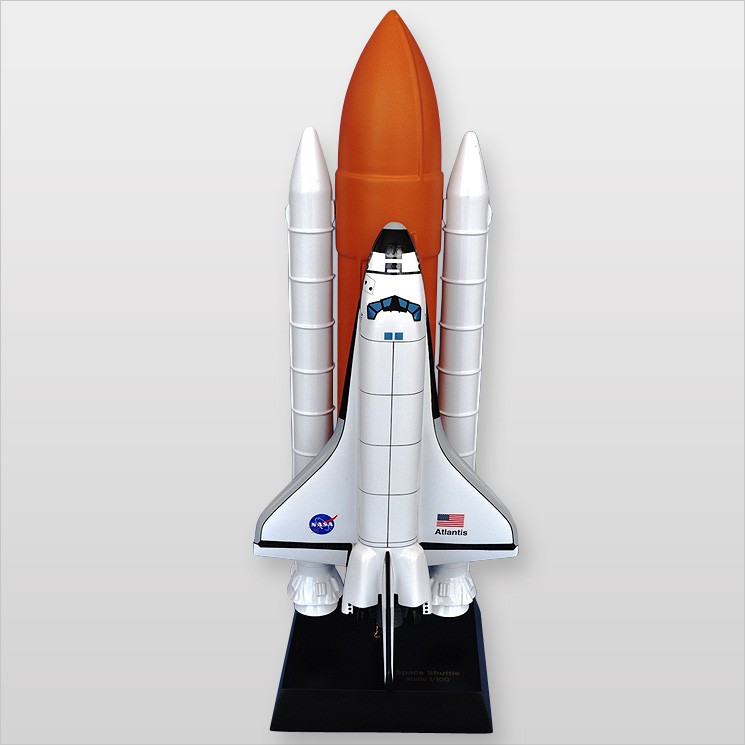

In the second part of the lecture, the 'toy' model so developed will be used to analyse the first two minutes of flight of a celebrated space transportation system: the Space Shuttle. Among them we quote the beautiful book by French, the fourth volume of the Feynman Lectures, the first volume of Sommerfeld's Physics course. To this end the current literature is inspiring, being it rich of several introductory physics textbooks well exploring the role of mechanics' first principles in enlightening rocket propulsion. In the first part of the lecture the impulse conservation law will be employed for an elementary, one-dimensional model of rocket propulsion to be devised. This is what we are going to do in the present paper, which has been conceived as a possible didactical unit for a first-year general physics course mainly oriented to physics or engineering students. But what, in our opinion, could render such a topic much more interesting is to realise how elementary physical models can be devised in order for the 'real' behaviour of very complex systems to be adequately accounted for. The fact that the 'Moon conquest' was made possible ultimately by Newton's laws of dynamics and gravitation should represent, from a didactical point of view, a really amazing and intriguing argument for most undergraduate students of first-year physics courses. These words are, in our opinion, well representative of the message we intend to convey to readers: even the most challenging, technologically sound, human ventures are eventually based on a few 'simple' physical laws. We decided to start with the words of Joseph P Allen, capsule communicator and scientist of the 1971 Apollo 15 mission. Within the accuracy of the simultaneous release, the objects were observed to undergo the same acceleration and strike the lunar surface simultaneously, which was a result predicted by well-established theory, but a result nonetheless reassuring considering both the number of viewers that witnessed the experiment and the fact that the homeward journey was based critically on the validity of the particular theory being tested.

A heavy object (a 1.32-kg aluminium geological hammer) and a light object (a 0.03-kg falcon feather) were released simultaneously from approximately the same height (about 1.6 m) and were allowed to fall to the surface. During the final minutes of the third extravehicular activity, a short demonstration experiment was conducted.


 0 kommentar(er)
0 kommentar(er)
